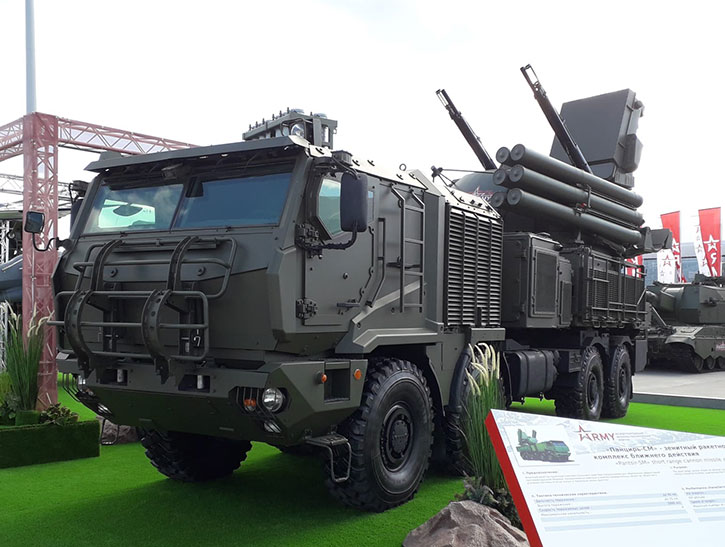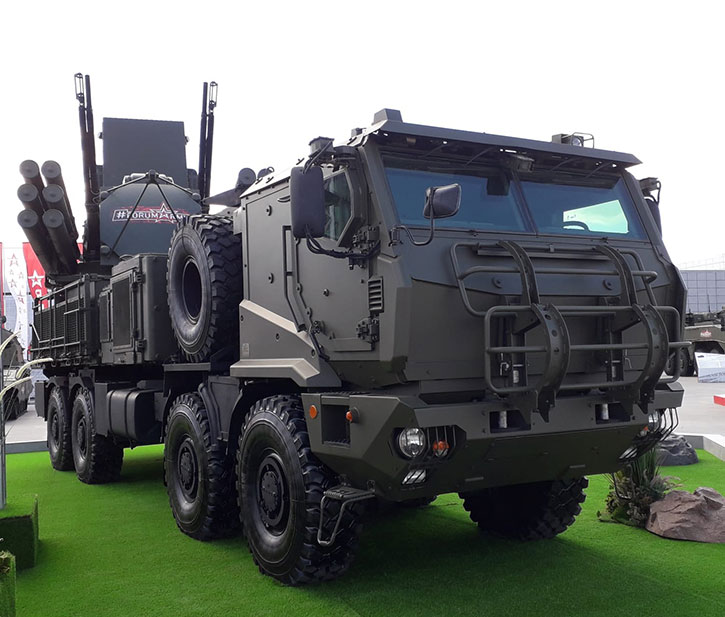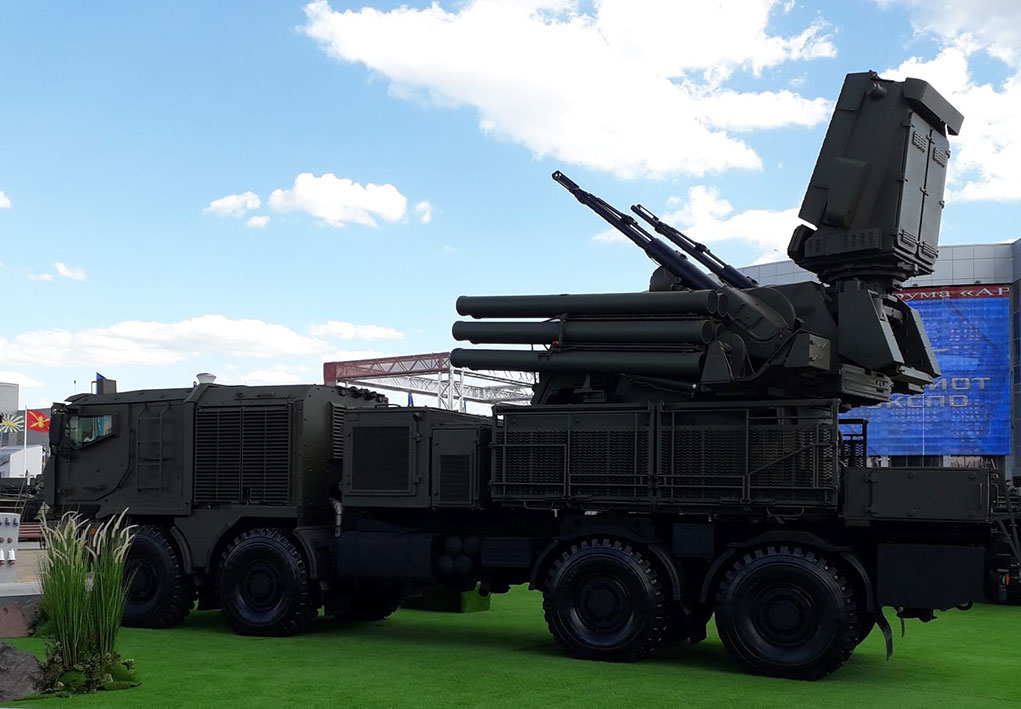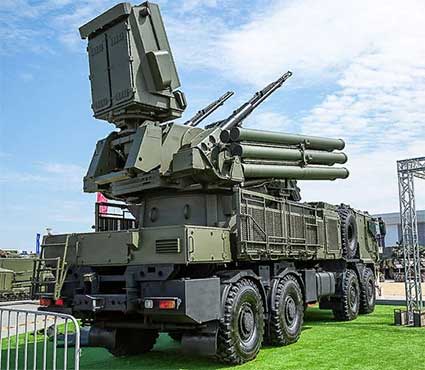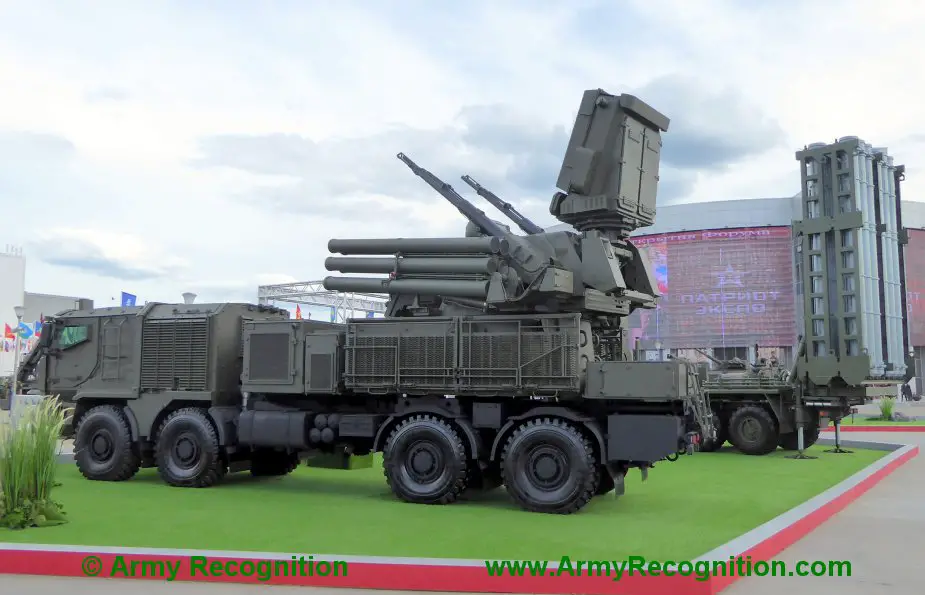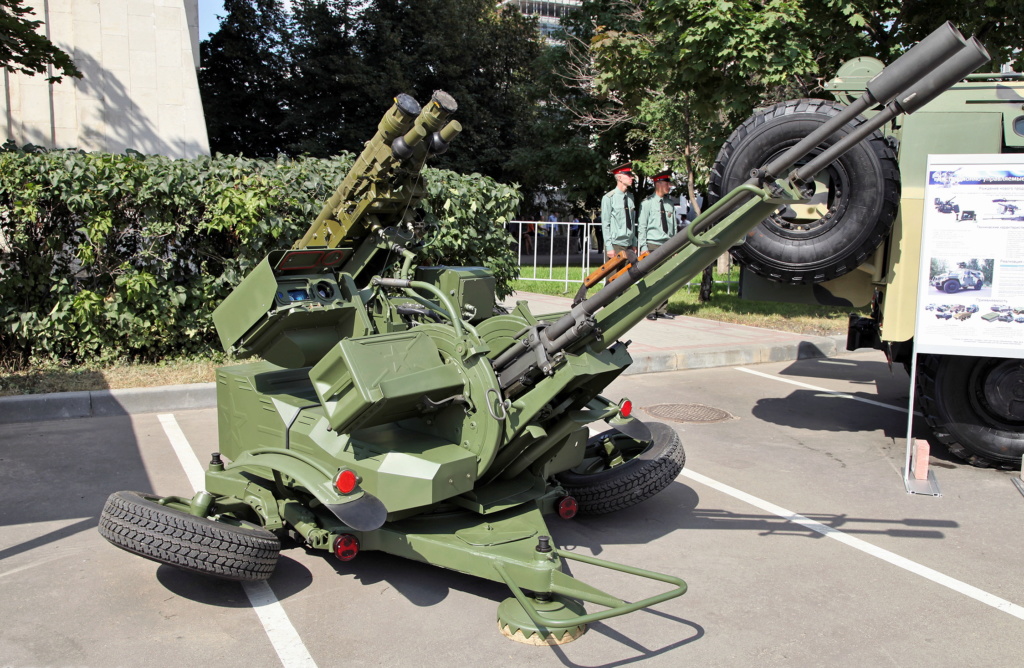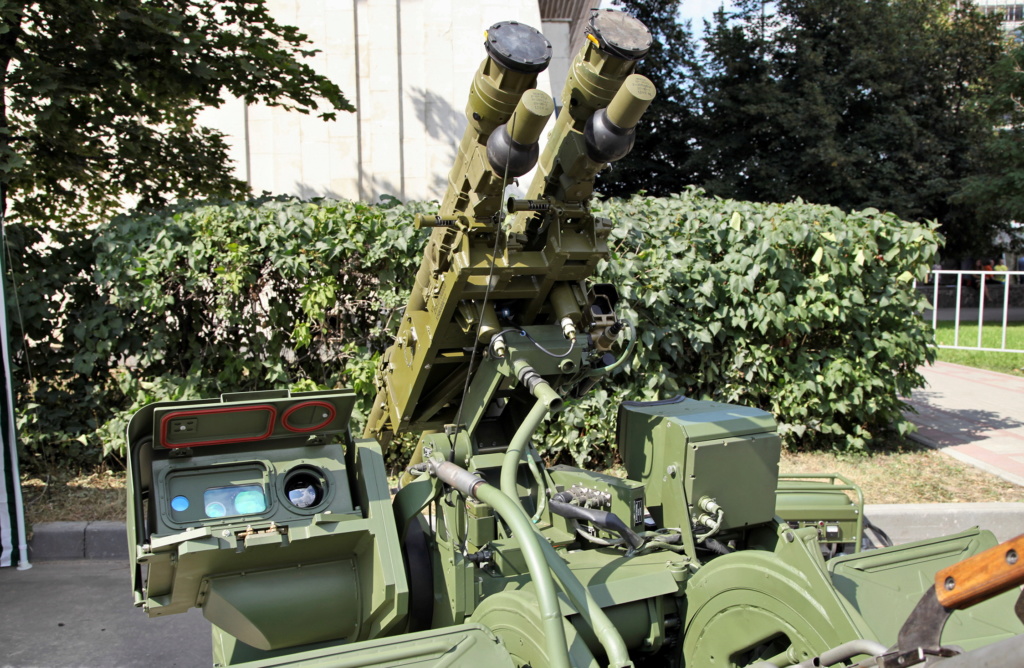medo wrote:
Actually this is very interesting, that in Karabakh old analogue systems like ZSU-23-4 and Osa have no problems to engage different drones in real combat, including suicide Harops, while more modern digital Skyguard and Shahine could not do in real situation. Osa is older than comparable Crotale or Roland and Skyguard came in armament in the eighties, while ZSU-23-4 in the sixties. Skyguard is comparable with Tunguska. I would not be nice to mention, that in that time those western complexes were way more expensive than their eastern analogues, similar as today.
AAA is again in a very different situation. If engagement ranges are 1,5-2km for ZSU-23-4 and 2,5-3km for Skyguard 35mm then tracking and search functions have much lower range requirements.
This means in practice: A Crotale search radar can't support a engagement by detection for a 0,05m² RCS target at over 7km, while it can do it for a 1m² RCS target (20 times larger) at 15km.
A ZSU-23-4 on the other hand, even with a radar 3 times lower performing (5km vs. 1m² RCS) can detect a 0,05m² target at over 2km and start engagement day/night.
That would mean that a Armenian ZSU-23-4 would be able shot down a smallest 0,01m² RCS target at an usual engagement range of 1,5km, at night via radar-only.
The same is true for legacy missile SHORAD at engagement ranges well below the maximum. The Saudi Crotale probably would have been able to engage if the range to the target would have been below 5km, instead the max. 10km. Same thing for Osa.
A problem would be only that the sites (position) were not layed out to counter such LO objects and hence gaps appeared.
I think it is well possible that acquisition search radars detected the targets when they were very close but tracking radars failed to establish a lock at those distances and no thermal camera channel was available to do a "manual" engagement.
GarryB has a point that small/map portable and simple electronic reconnaissance could have helped to map the emitter activity patterns at that site.






